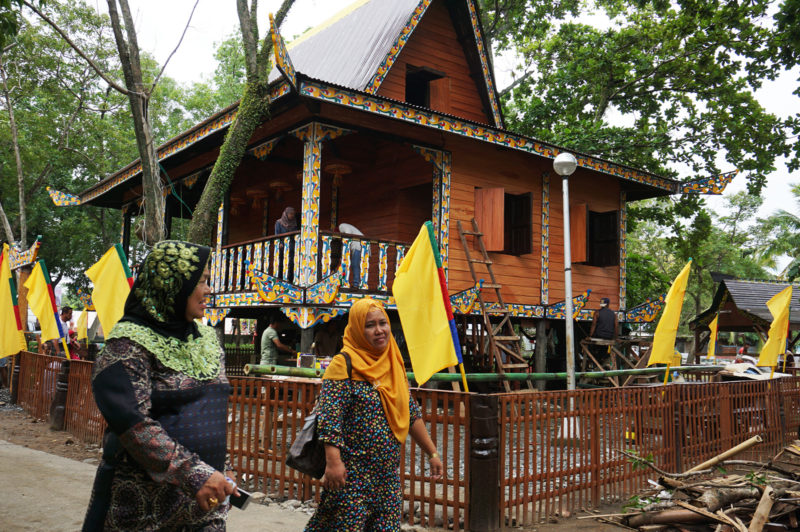
DAVAO city government has opened the rehabilitation of the two-hectare Magsaysay Park to Chinese investors.
During a virtual press conference, Christian Cambaya, head of the Investor Assistance and Servicing Unit of the Davao City Investment Promotions Center (DCIPC) said the local government welcomes any Chinese investor who wants to develop the park or tie up with the city through a public-private partnership.
The decades-old park, which has a skating rink and an amphitheater, was a popular destination for local tourists in its heyday back in the 1990s.
It currently houses the Kadayawan Cultural Village and field offices of the Commission on Elections, Philippine Veterans Affairs Office and DCIPC.
“We plan to develop it into commercial and tourism hub, and we are open to Chinese investors or another alternative is, we are open to PPP, where the Chinese will partner with the local government,” Cambaya said.
He added the local government wants to have hotels, commercial spaces, park and a playground within the property.
The Magsaysay rehabilitation project was one of the two proposals submitted by the local government to the Board of Investments to be showcased in the Philippine booth during the China International Fair for Investment and Trade in Xiamen from Sept. 8 to 11.
The other proposal was the development of the 20-hectare property owned by the National Development Company in Toril, Davao City, he said.
Magsaysay Park was originally eyed as the site for the first of the six-phase sewerage treatment park project under the Infrastructure Modernization for Davao City (IM4Davao).
The IM4Davao is a 27-year Infrastructure Modernization Plan containing proposed short, medium and long-term high priority projects with an estimated cost of P298.4 billion. It includes six sewerage treatment parks being planned in different areas of the city.
According to the JICA-funded plan, the waters in the city’s rivers and beaches are heavily contaminated with fecal coliform and the urgent tool to address it is septage service while the ultimate solution is sewerage service.
The proposed short-term projects under IM4Davao include installation and operation of septage plants and preparation for the sewerage system project, including the designation of an implementing body with necessary capacity building, sewerage system master plan, feasibility study for Area A sewerage system, basic and detailed design, tender preparation for Area A sewerage system, and land acquisition for Area A sewerage treatment plant.
It also proposed mid-term projects, from 2023 to 2030, such as the construction and operation of sewerage system, preparation and construction of Area B and Area C sewerage systems, and preparation of Area D sewerage systems.
The long-term projects, from 2031 to 2045, are the construction and operation of the rest of the sewerage systems. (Mindanews)
Disclaimer
Mindanao Gold Star Daily holds the copyrights of all articles and photos in perpetuity. Any unauthorized reproduction in any platform, electronic and hardcopy, shall be liable for copyright infringement under the Intellectual Property Rights Law of the Philippines.









